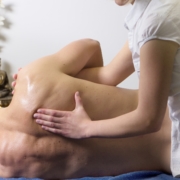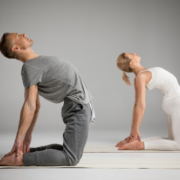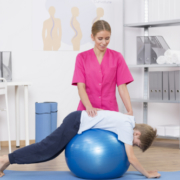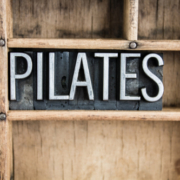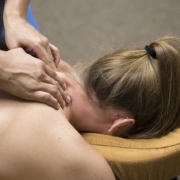The Most Popular Massage Techniques
In the fast-paced world we live in, so many stressors are constantly testing the tolerance and sanity levels of individuals.
Some opt for dangerous escapades (smoking and drinking) while others let the power of burden take over them. However, the best way to deal with all these issues is by getting a massage.
It is the best way to get rid of stress, anxiety, and body pains. In addition, getting a massage is the ideal way to release negative emotions from within and live a life that can be full of positivity.
There are specific massage techniques that are done to target specific issues. Today, let us go in depth and learn more about them
1. Applied Pressure
This technique is used to lessen the tension that is in the muscles and to give deep relaxation to the pressure points.
- The pressure is applied using different parts of the hand including the thumbs, palms, and the spaces between the fingers. Some massage methods use elbows and feet as well to give the full effect of the massage.
2. Effleurage Method
This technique utilizes gentle strokes. The hands are kept flat –side by side- and gently moved all over the body.
- This technique is used either at the beginning or at the end of the massage, or it is used as the transition move between two techniques.
3. Kneading
This is a technique performed to relax the muscles and promote circulation in the deep tissues. It is extremely pleasant and gives deep relaxation. The focus is on the muscles near the shoulders and the neck.
- The therapist will move the hands in different directions while applying pressure from the fingers, thumbs and the heel of the hand. There is even more pressure applied on the muscles –directly- to move them in their proper place.
4. Rubbing
This is another deep tissue relaxation technique that focuses on the joints, muscles, blood flow, and the lymphatic circulation.
- With the help of this technique, the knots are undone so the pain can escape the muscles. There is pressure applied with the thumbs in circles directly on top of the problem area.
5. Vibrating Method
This is the technique that energizes and triggers the circulatory and nervous systems with the help of vibrations.
- The therapist places their hands on your body (flat) and with gentle and quick motions; he or she will shake the muscles. Sometimes, the therapist uses the fingertips to apply pressure on the muscles in order to release the tension in them.
6. Tapping
With the help of two hands and swift motions, the therapist taps the body for relaxation. The pressure can be altered according to an individual’s needs.
- It can be done with cupped hands or with flat hands. This technique is used for athletes as well as it is great to promote blood circulation.
These are the six most popular massage techniques. They all are designed to provide individuals extreme comfort and stress-free lives.
Call (780)455-2112 to book your appointment today! Our Registered therapists are happy to help.

